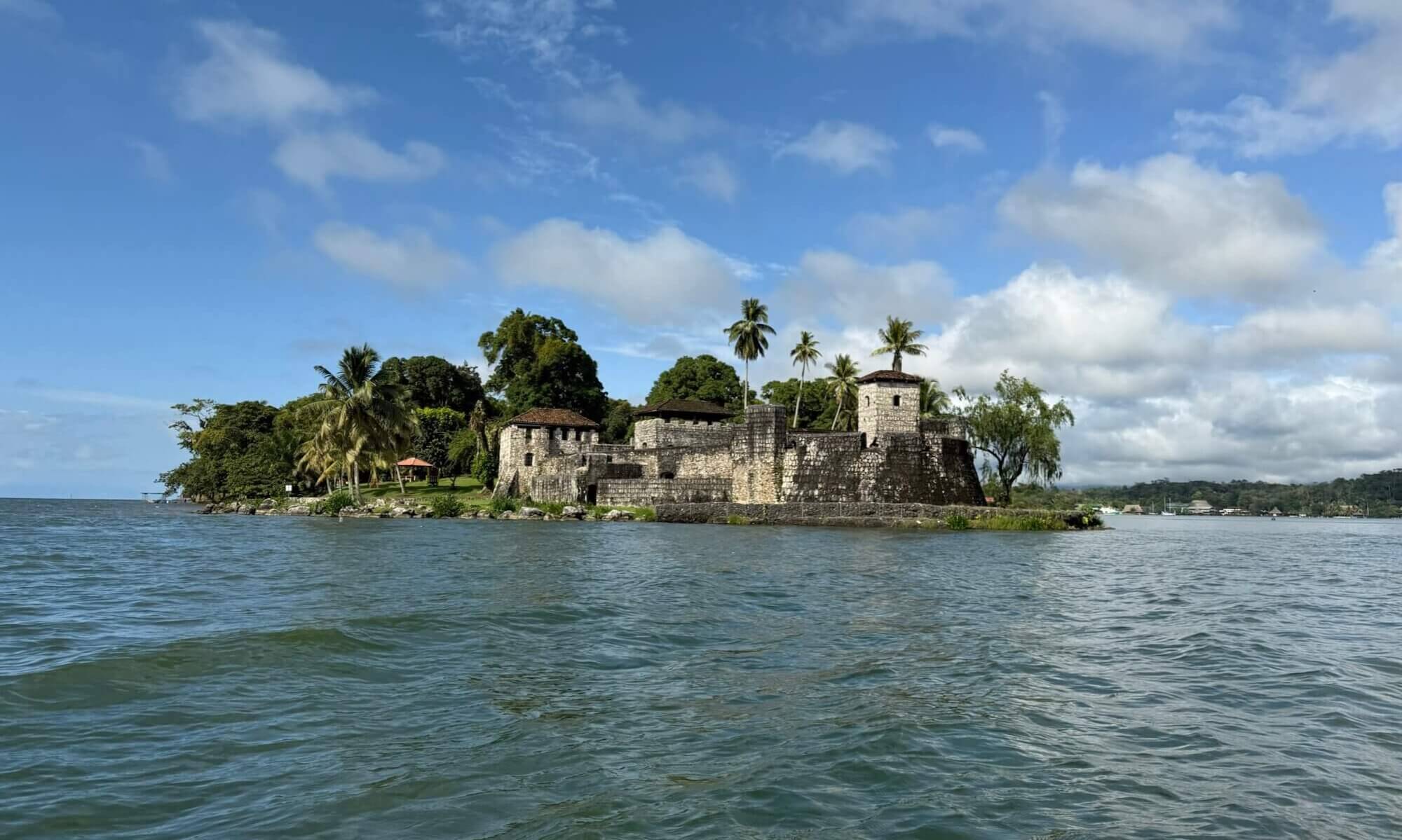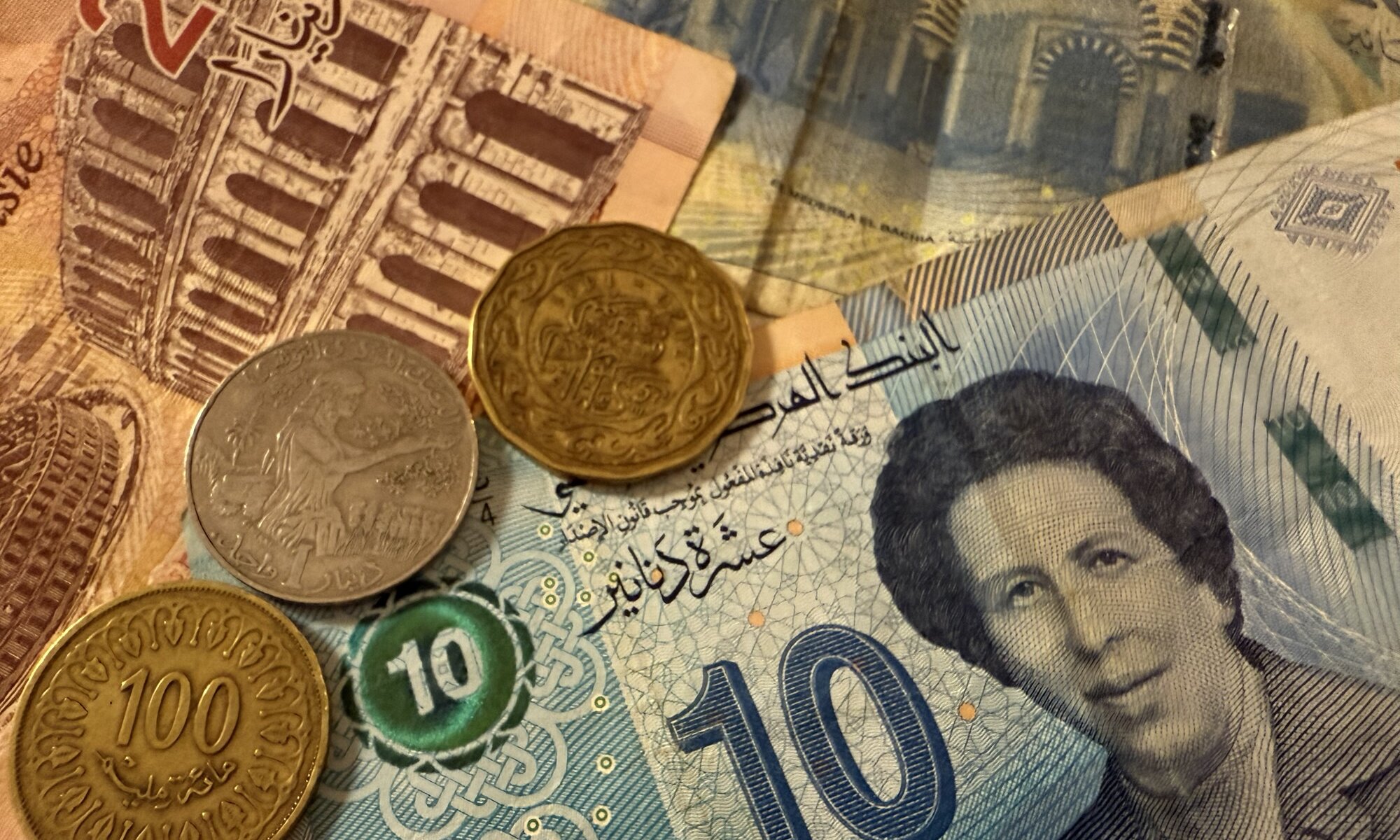The Tunisian dinar, introduced in 1960, replaced the Tunisian franc at a rate of 1 dinar to 1,000 francs as part of Tunisia’s assertion of economic independence following the end of French colonial rule. The currency’s name derives from the Roman denarius, reflecting the region’s ancient history. Initially, the dinar was pegged to the US dollar rather than the French franc, marking a shift away from colonial ties. Over the decades, the dinar has experienced fluctuations, including a significant depreciation against major currencies like the dollar and euro since 2008.
The banknotes of the Tunisian dinar are rich in cultural and historical symbolism. Recent upgrades to the series have introduced advanced security features to combat counterfeiting. For example, the 50-dinar note, primarily brown, features a portrait of Hedi Nouira, a key figure in Tunisia’s independence and former prime minister, on the front, with the Central Bank of Tunisia depicted on the reverse. The 5-dinar note, mainly green, honors Slaheddine El Amami, an influential engineer, and shows the Roman aqueducts of Zaghouan on its back. These designs blend Tunisia’s modern achievements with its rich historical heritage.
Other denominations also celebrate important Tunisian figures and landmarks. The 20-dinar note, orange-red in color, portrays Hayreddin Pasha (Kheireddine Et-Tounsi), a prominent Ottoman-era statesman, alongside images of traditional architecture and desert scenes. Such imagery reflects Tunisia’s layered history from Roman times through Ottoman influence to modern independence. The banknotes’ artistic and security elements make them both functional currency and cultural artifacts, illustrating Tunisia’s identity and pride as a nation.
1 dinar is divided into 1000 millimes and often prices are shown in millimes instead of dinar. Be aware that 1,000 DT is the same as 1 dinar. Tunisia is still a country used to cash and you can mostly only pay in hotels and restaurants by card. There are very good ATM in the baggage retrieval hall of the airport. My VISA card was declined multiple times at ATMs in the city (probably because they were empty). Just try the next one or exchange foreign currency – there is no way to have a vacation at the capital city without getting cash.
Tunisian dinar
تونس
Tunisia
Loading map...


